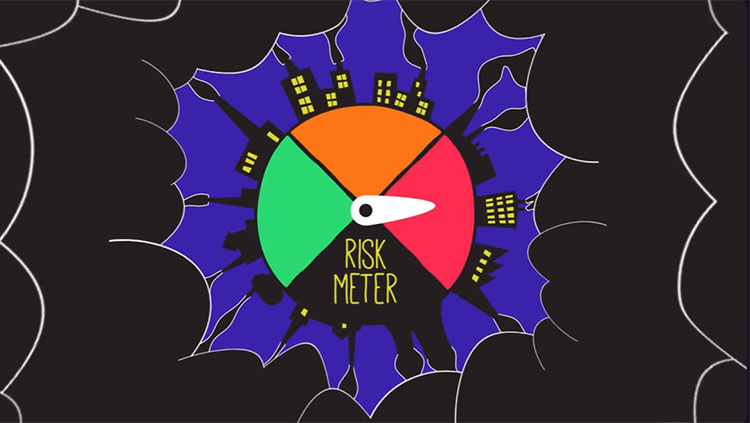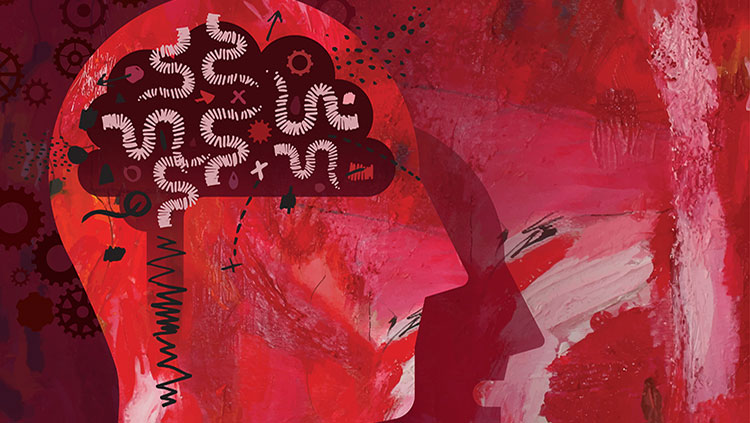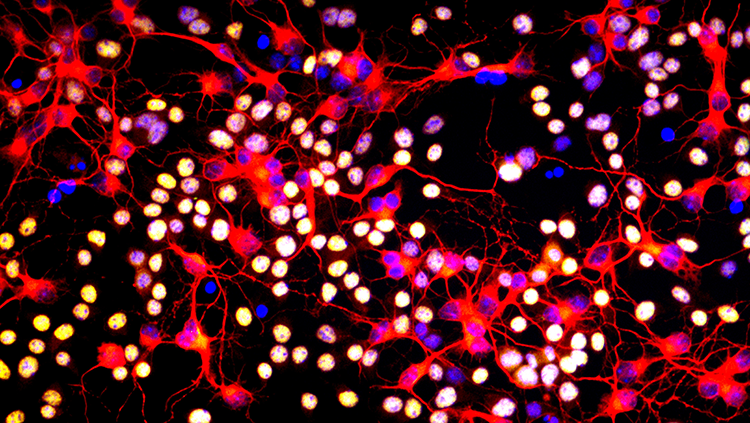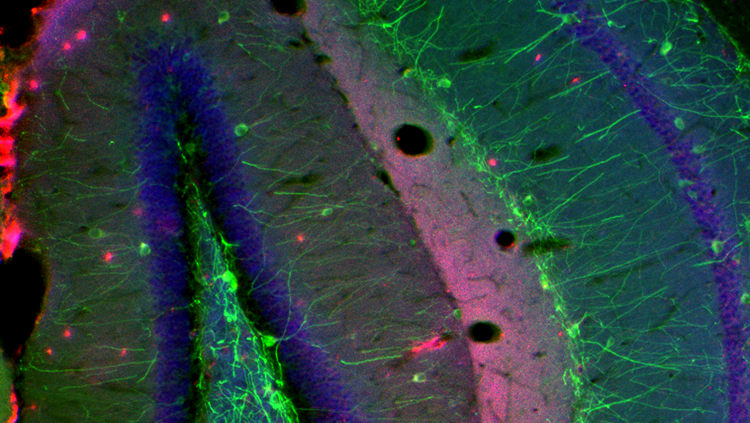On September 23, 1976, while the nation’s attention was focused on the battle between Gerald Ford and Jimmy Carter for President of the United States, a 42-year-old woman half way around the world was engaged in a personal battle. Outside the limelight of world view, her struggle for life in a remote third world country marked the crossing of a threshold for our species.
Rapidly others from her region began to appear in hospital with the same symptoms: fever, sore throat, muscular pains, vomiting, diarrhea, and most shockingly breakdown of the body’s capillaries and small blood vessels, causing internal bleeding. The whites of their eyes turned red with blood seeping into tissue. A disturbingly high percentage of hospital personnel quickly developed the same fatal disease. This was a highly contagious and highly fatal disease unlike any other known.
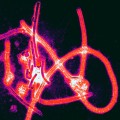
Specimens from throat swabs, urine, and blood from these patients were sent to labs around the world; first to the Microbiological Research Establishment in England and to the University of Antwerp. Then from the lab in England samples were sent to the Virology Division at the Center for Disease Control in Atlanta, Georgia. Through electron microscopes in these modern laboratories human beings saw for the first time a new virus and a new deadly threat to humanity.
The virus particles had a close relation to the Marburg virus, but the envelope encapsulating it was clearly but subtly different. In consultation among the world’s experts they named this new virus Ebola, after a small river flowing westward north of Yambuku in Zaire, past the small village where the first person became ill and provided the sample to isolate this new germ.
The disease is categorized as a hemorrhagic fever, meaning that it is accompanied by bleeding and fever. The virus ravages the body’s organs, liver, spleen, kidney, lungs, testis, and especially the vascular system, but the purpose of this article is to describe how the virus affects the brain. Most of what we know about Ebola comes from animal research on rats, rabbits, guinea pigs and monkeys.
Clearly the brain is affected in Ebola patients, who quickly lose the ability to walk and suffer convulsions. The assault on the brain comes from two fronts: injury to the brain’s vascular supply and biochemical disruptions in the body as a result of kidney and other organ failure. The blood vessels in the brain become severely congested and some begin to bleed causing brain stroke. Disruption of the normal potassium, sodium, and calcium concentrations, and other biochemical changes in the body from renal failure, disrupt the mechanisms of brain cell communication and ultimately damage brain cells. Primarily, though, the virus replicates in the vascular system, infecting the cells that make the walls of blood vessels, as well as cells flowing in the blood, the lymphocytes and monocytes.
As the blood vessels degenerate, blood seeps out into the surrounding tissue. The patient goes into shock caused by severe blood and fluid loss, which makes it impossible for the heart to supply blood to the body’s organs, and they stop working and die. The brain is very vulnerable to loss of blood flow. The brain uses 20% of the body’s energy supply even though it comprises only 5% of body weight.
While you read this article consider for a moment how the world torn as it is by politics and separated by geography is united in biology. And consider that in Dallas, Texas today another woman whose name is not public lays suffering in bed in a hospital room completely isolated. She is a nurse who cared for and comforted Thomas Eric Duncan through the last horrible days of his life. Duncan was the first patient to become ill with Ebola in the United States. He died last Wednesday.
The heroism of service men and women in combat and of the brave first responders who rush into burning buildings to save the life of a stranger that we so justly admire and honor with medals cannot allow us to overlook the silent selfless heroism of nurses and other health care providers who silently and with unwavering commitment risk their own lives for the same cause: to help another human being who is facing death.
The courage to risk surrendering one’s own life to save the life of a stranger reflects the noblest character of mankind.
CONTENT PROVIDED BY
BrainFacts/SfN
References
Bowen, E.T.W. et al., (1977) The Lancet March 12, p. 571
Pattyn, S., et al., (1977) Isolation of Marburg-like virus from a case of haemorrhagic fever in Zaire. The Lancet, March 12, p. 573
Johnson, K.M., et al., (1977) Isolation and partial characterization of a new virus causing acute haemorrhagic fever in Zaire. The Lancet, March 12, 1977
Baskerville, et al., (1985) Ultrastructural pathology of experimental Ebola haemorrhagic fever virus infection. J. Pathol. 147:199-209.
Also In Immune System Disorders
Trending
Popular articles on BrainFacts.org




